Employee experience management made simple

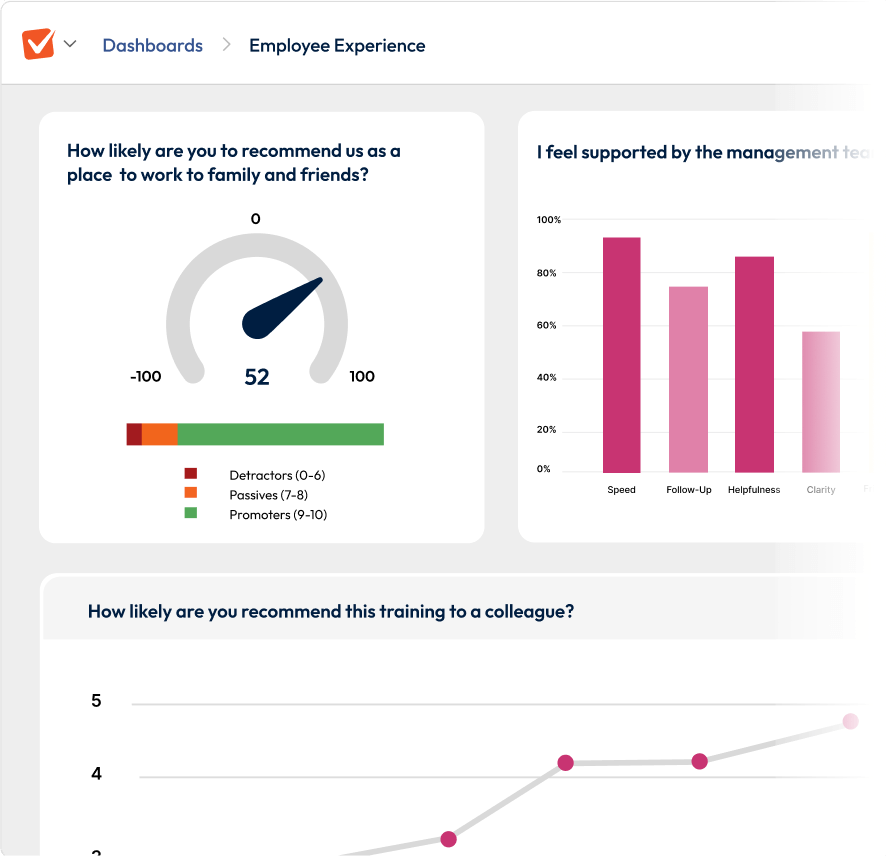

Gather insight at every touchpoint to improve employee experience
Listen to your employees: they know what needs to change
The fastest ways to enhance employee experience (EX)? Give your employees a voice and start acting on their insights. Employees who feel positive about their workplace are more engaged, productive, and likely to stay longer. To consistently improve EX, it's essential to gather feedback at every touchpoint from application to exit.
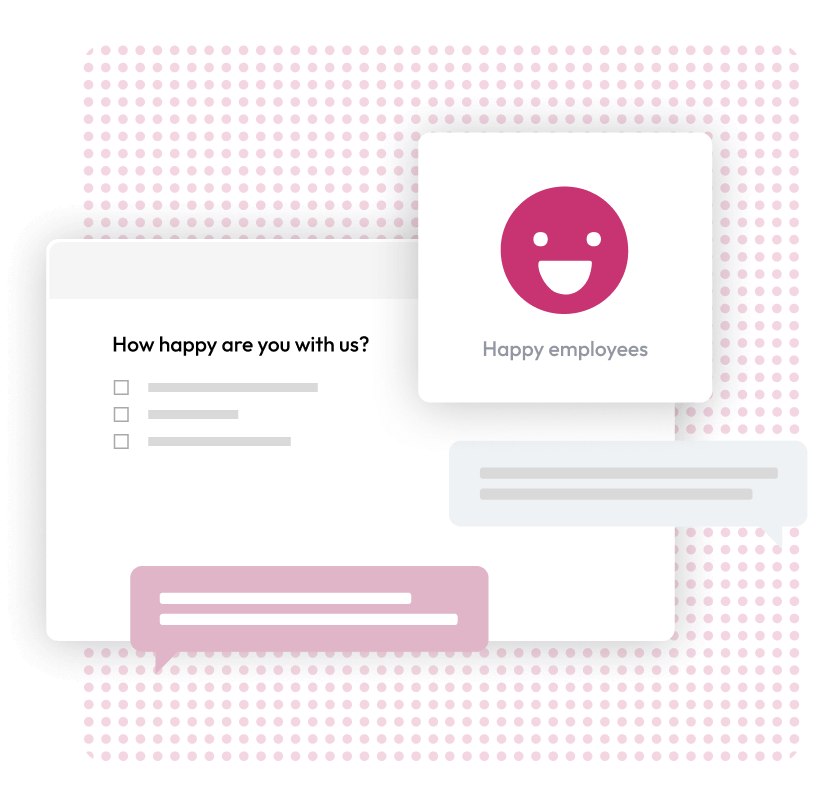
Powerful functionality to gather employee experience insights
Measure and monitor what matters most
Collect the insights you need to drive change. From job satisfaction and work-life balance, eNPS, eSAT, culture, values and more. Gather feedback at each key touchpoint enabling every employee to contribute positively and ensure People Leaders have the data and metrics they need to enhance the overall employee experience.
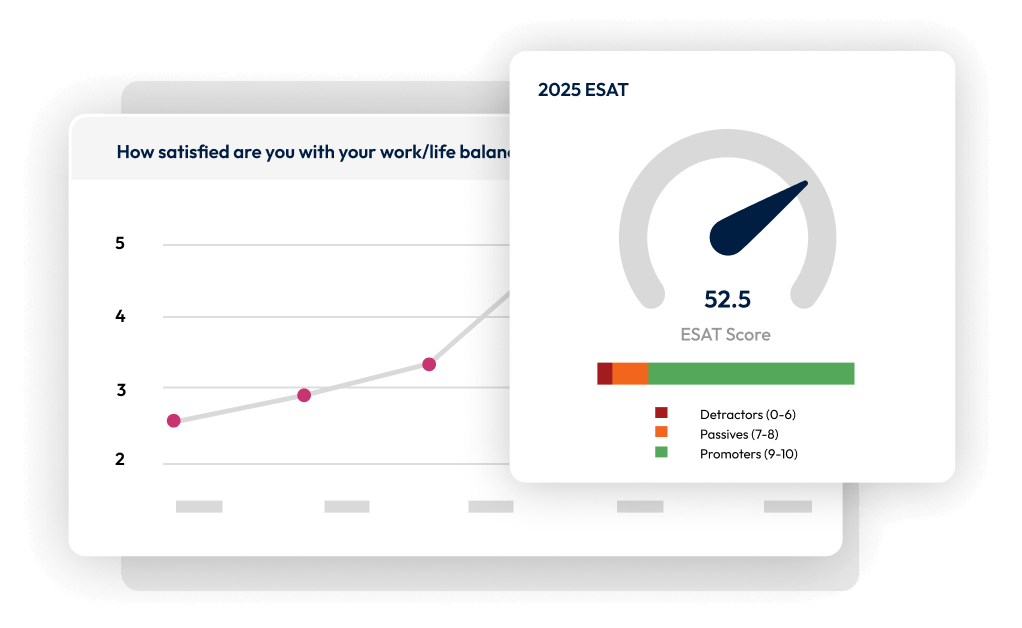
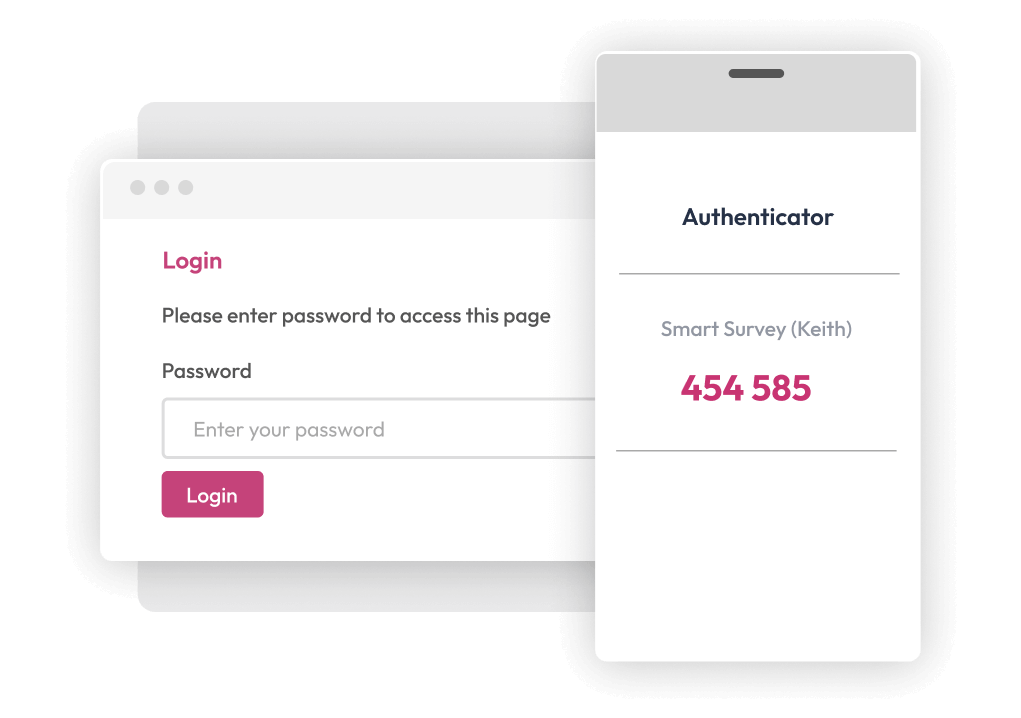
Keep your employee data and feedback confidential and secure
SmartSurvey is one of the few survey providers that guarantee to keep your data in the UK for true GDPR compliance. Not only that, but we are ISO 9001, 27001 and Cyber Essentials Plus Accredited - we take data security seriously.
Collaborate effectively with teams across your organisation
Easily set up and manage EX project teams with master user and sub user accounts. Master users can set survey permissions and have oversight of sub user account activities. Boost collaboration between internal, regional and global teams with access to a library of templates, share charts, reports and dashboards.
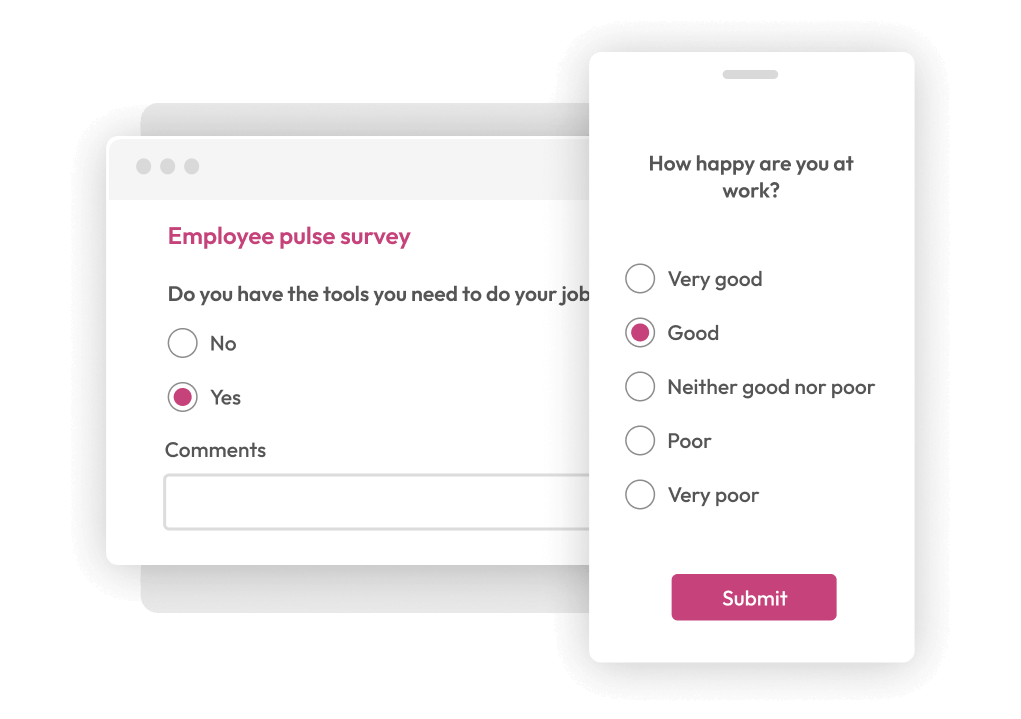
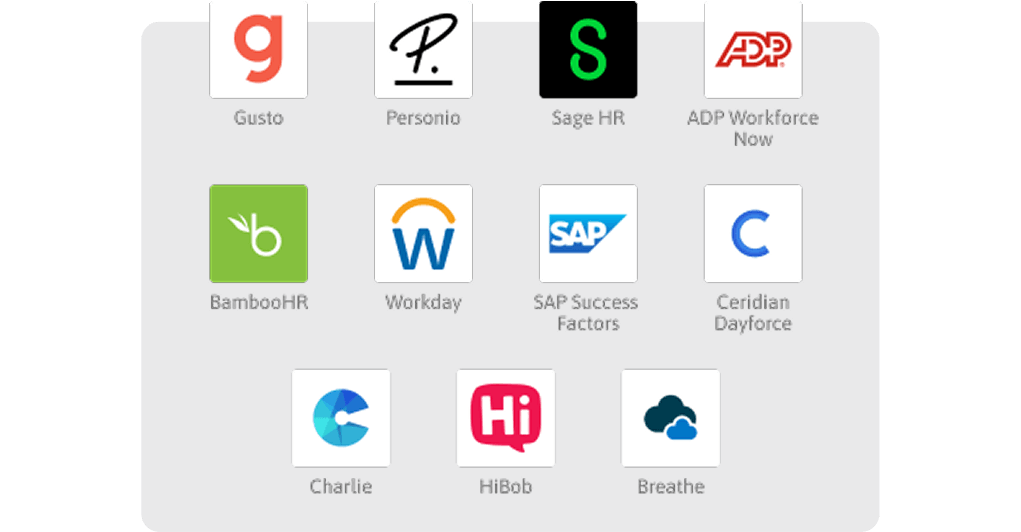
Powerful APIs and native integrations
Automate and share feedback with key systems such as applicant tracking systems, HRIS systems and talent development tools. SmartSurvey has native integrations with the best platforms. Need something bespoke or we don't have an integration with your platform? Leverage our powerful APIs and webhooks to trigger surveys, send notifications and transfer data.
We make visualising your employee experience data simple
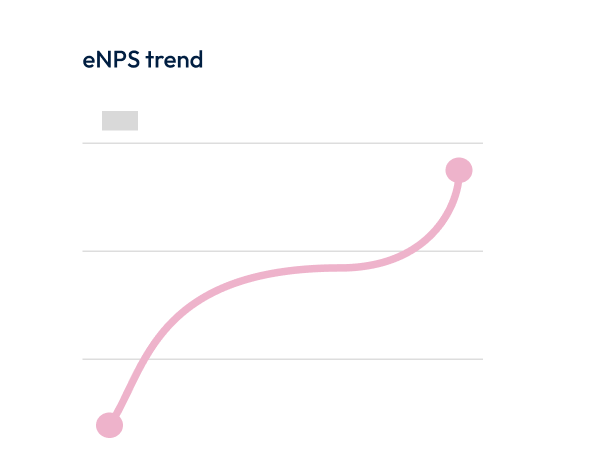
Track the eNPS journey
Visualise the impact of your initiatives and determine if changes are enhancing the workplace.
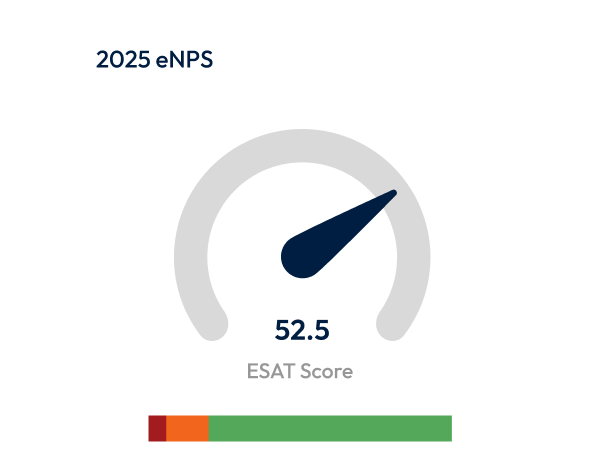
Keep your finger on the pulse
Monitor eNPS in real-time, keeping your finger on the pulse of detractors and advocates.
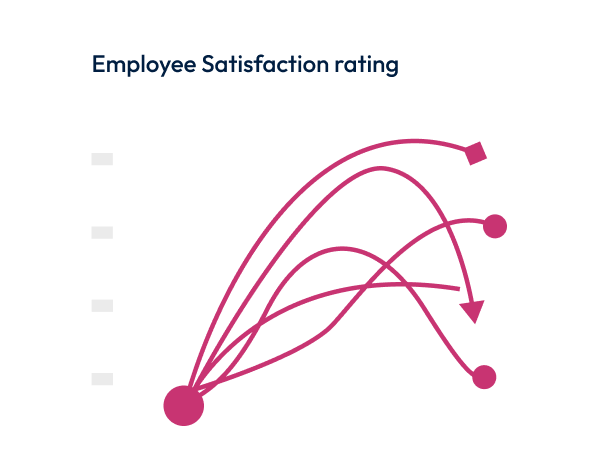
What satisfaction looks like
Happy employees lead to outstanding work – see how changes are improving satisfaction levels.
Leading brands choose SmartSurvey for
employee experience management
Parkinson's UK manages surveys across their organisation for over 38,000 members, from training evaluations to health and social care satisfaction research. SmartSurvey's multi-user management system allows them to coordinate survey campaigns without overwhelming respondents. The excellent support team provides immediate, helpful assistance, and they particularly value being able to pick up the phone and speak to someone without waiting in a queue.
The Home Office uses SmartSurvey to gather feedback from over 35,000 employees across a wide range of internal issues. The platform's functionality enables them to create engaging surveys quickly, whilst the training and prompt, proactive support from the SmartSurvey team helps them maximise the value they get. The team has even provided helpful out-of-scope consultancy support on numerous occasions.
Education Development Trust needed to reach teachers in remote locations across the world for their global Employee Engagement Survey. Using SmartSurvey's robust, GDPR-compliant platform, they achieved an impressive 81% response rate. The survey captured compelling insights from their workforce, setting a strong foundation for enhancing employee engagement and understanding what their people truly need to thrive.
Frequently asked questions
Yes, SmartSurvey makes it easy for employees to share their thoughts by allowing them to respond in their preferred language, no matter where they are in the world.
Yes, SmartSurvey enables you to conduct comprehensive analysis of feedback from various regions. Our interactive dashboards enable stakeholders to easily share and review survey results in real-time, ensuring all relevant teams and departments gain access to insights that are relevant to their specific language, region, or department.
Cross-tab reporting enables you to compare data sets side by side, allowing for a deeper understanding of feedback trends across different demographics, regions, or other segments. This feature is particularly useful for identifying unique patterns and needs in diverse areas.
Moreover, SmartSurvey offers advanced filters and a range of chart types to drill down into data sets and visualise them in a way that is both insightful and easily digestible. This enables a more nuanced analysis, helping you to tailor your strategies effectively to meet the varied needs and preferences of your audience across different regions.
SmartSurvey helps streamline your hiring by letting you create custom forms that can sort and qualify applicants automatically. This means you can quickly find candidates who meet your job requirements. Plus, you can ask for important documents right in the form, making it easier to check qualifications as well as automatically alerting hiring managers of new candidates
SmartSurvey allows you to create surveys tailored to different stages of the employee lifecycle, including onboarding. You can gather feedback from new hires to assess the onboarding experience and make improvements accordingly.
Just like onboarding, our tool makes exit interviews easy and comfortable for departing employees. It allows you to create surveys that feel like genuine conversations and make it simple for departing team members to share their thoughts.